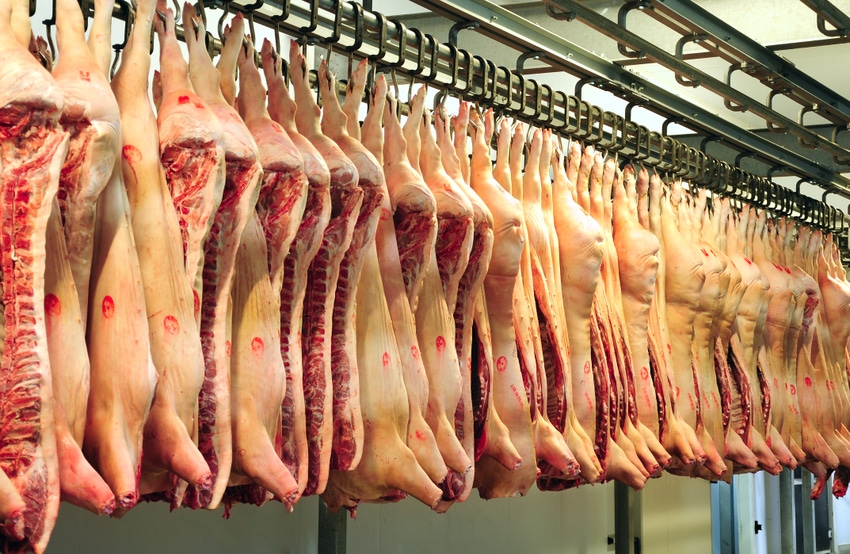A place for independent producers in the swine industry
Industry seeing impressive growth after years of limited plant expansion in packing industry.

Last week, Luke Minion, chairman of the board of Wholestone Farms, shared some exciting news. The farmer-owned company announced their commitment to building a state-of-the-art pork processing plant in Sioux Falls, South Dakota. 200 farmer-members, most of whom are located within 50 miles of the plant, will own the facility. After years of limited plant expansion in the packing industry, we are now seeing impressive growth. Seaboard Triumph Foods, the Clemens Food Group, Prestage Foods and Prime Pork, which is now Hylife Foods, have all constructed plants. Most of these expansions are farmer-owned, as farmers strive to capture more of the value of the hogs they raise.
What does this trend mean if you are not integrated? Will you have a place in this industry if you do not build a plant or become part of a larger group that does? That continues to be the primary question I receive from independent producers. One word of advice is that we don’t need to build a plant just to become integrated. With the planned growth in the industry, there are still shackles available for the independent producers to forge a long-term relationship with the packers in the U.S. On June 8, cutout was at $134.94/cwt. and average national cash price was $128.45 as recently as June 16. This supports continued strong demand for pork in the U.S. and abroad if a farmer can receive a fair value for their hogs from a packer. However, the trend is moving toward more integrations by the farmers as they venture into the packing industry. There can be some common ground between the two as they have worked cohesively together for decades. One thing is certain on the driver: the cash hog price over the past few years has not been a true indicator of the value of pork.
With over 27% of U.S. pork exported, do we want to rely solely on increased exports for continue growth in this industry? If that is direction this industry wants to go, increased levels of working capital in your business is vital. Whether it is a plant delisting by China or tariffs by another country, your viability long-term may hinge on your ability to outlast the increased volatility.
Hogs, grains and weather
Talking about hog and grains prices today is the quintessence of volatility and not for the faint of heart! As the drought continues to expand from the western U.S. and pushes into the Midwest there are areas that have had adequate rainfall. However, there are more areas that seem to be just getting by as small amounts of rainfall help stave off a complete crop failure. Across Minnesota where I live, we had rainfall that ranged from nothing yesterday to over 3 inches in isolated areas. The same held true for Iowa.
When looking at the volatility of the markets over the past couple of weeks, about the only recommendation I have is to make sure you look at your crush margin when trying to take some of the risk of the table. It was only 10 days ago that we were looking at $36 margins per head for the next 12 months and now it is $22 per head. The difficulty producers are having is this margin was predicated on a reasonable historic basis for hogs. Producers are facing obstacles with trying to manage risk within their business as margins continue to tighten. When discussing a potential contract with your packer, make certain they understand this risk. Nothing is risk-free, but a producer can manage the price risk as long as they have an index that represents the value of the hogs they sell.
Sources: Steve Malakowsky, Compeer Financial, who are solely responsible for the information provided, and wholly own the information. Informa Business Media and all its subsidiaries are not responsible for any of the content contained in this information asset.
About the Author(s)
You May Also Like





